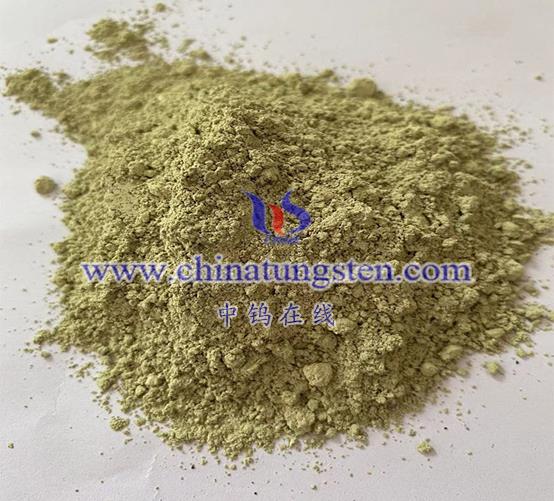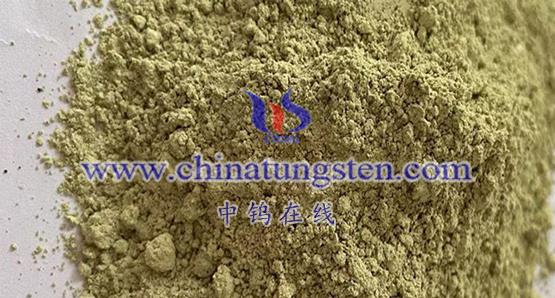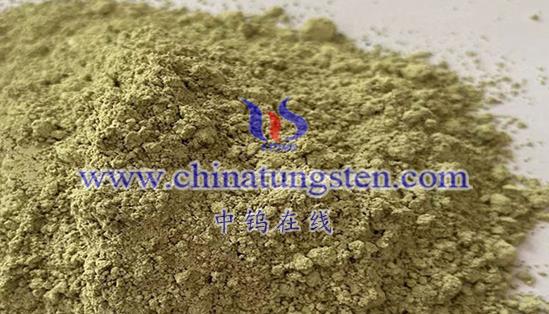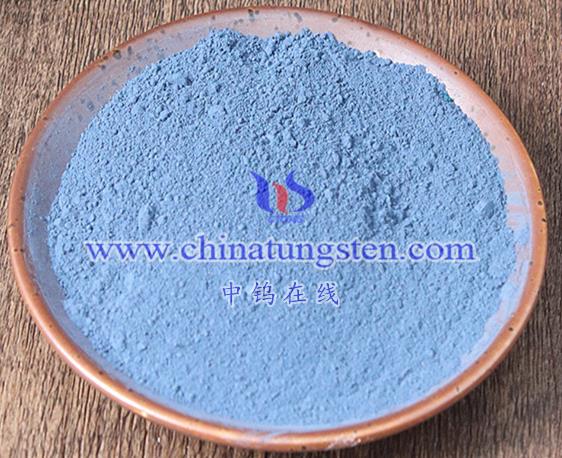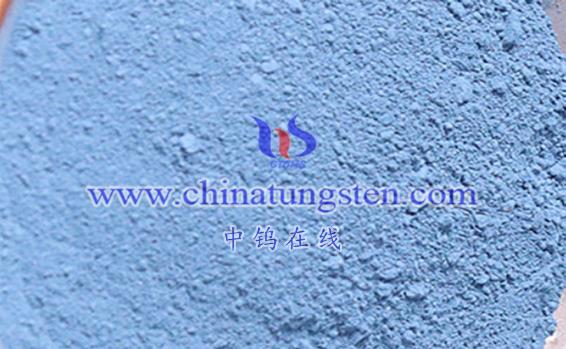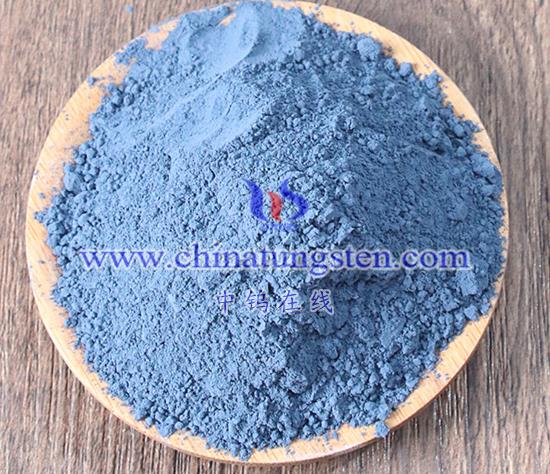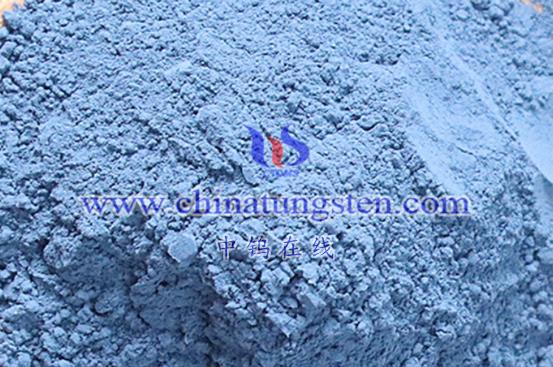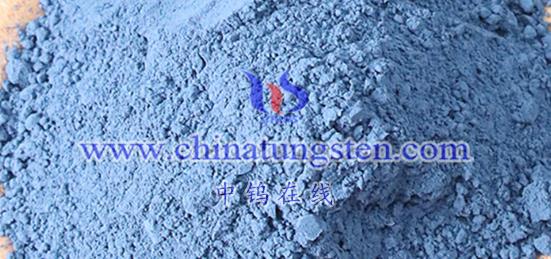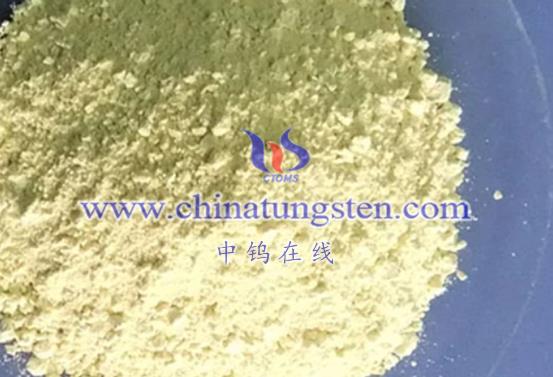
Tungsten oxide nanoparticles (WO3) have widespread applications in the field of photocatalysis due to their excellent photoelectric properties and catalytic performance. Here are some of the specific applications of tungsten oxide in photocatalysis:
- Photocatalytic Degradation of Organic Compounds
Tungsten oxide nanoparticles are highly effective in photocatalytically degrading organic pollutants. Under light exposure, they utilize sunlight or ultraviolet light to degrade organic substances, converting them into harmless water and carbon dioxide. This technology is energy-efficient and environmentally friendly, making it highly applicable in air purification and water treatment. For example, tungsten oxide can be used to degrade harmful gases such as sulfides, nitrogen oxides, and organic compounds from industrial exhaust, as well as treat water contaminated with organic dyes. - Air Purification
In air purification, tungsten oxide photocatalysts can oxidize and decompose pollutants in the air using oxygen and water vapor at room temperature. This process efficiently cleans the air, with advantages such as high efficiency, energy-saving, and environmental protection. Tungsten oxide is used for purifying indoor air and cleaning automotive exhaust emissions. - Self-Cleaning Surfaces
Tungsten oxide films exhibit self-cleaning properties during photocatalysis. When a film of tungsten oxide nanoparticles is coated on substrates, its large surface area and hydrophilic nature allow water vapor or droplets to form a uniform film. Under strong ultraviolet light, the film generates a strong oxidative capability, decomposing organic contaminants on the surface into harmless substances like water and carbon dioxide, achieving anti-fogging and self-cleaning effects. - Antibacterial Properties
During photocatalysis, tungsten oxide nanoparticles produce numerous photoelectrons and photogenerated holes. These photogenerated carriers react with water adsorbed on the catalyst surface to form highly reactive superoxide ions. These ions then biochemically react with bacterial cells or their components, killing the bacteria and degrading toxic compounds released by them, effectively preventing secondary contamination from endotoxins. - Other Applications
Tungsten oxide also has potential uses in producing novel materials like photocatalytic paints and photocatalytic glass. These materials can decompose air pollutants and self-clean their surfaces when exposed to light. Additionally, tungsten oxide can be combined with other materials to form composite catalysts, further enhancing catalytic performance and broadening its application scope.
The wide-ranging applications of tungsten oxide nanoparticles in photocatalysis demonstrate their importance and value. As research progresses and technology evolves, the use of tungsten oxide in this field is expected to expand and improve further.
More details of tungsten oxide product, please visit website: tungsten-oxide.com
Please contact CHINATUNGSTEN for inquiry and order of tungsten oxide:
Email: sales@chinatungsten.com
Tel.: 86 592 5129595
